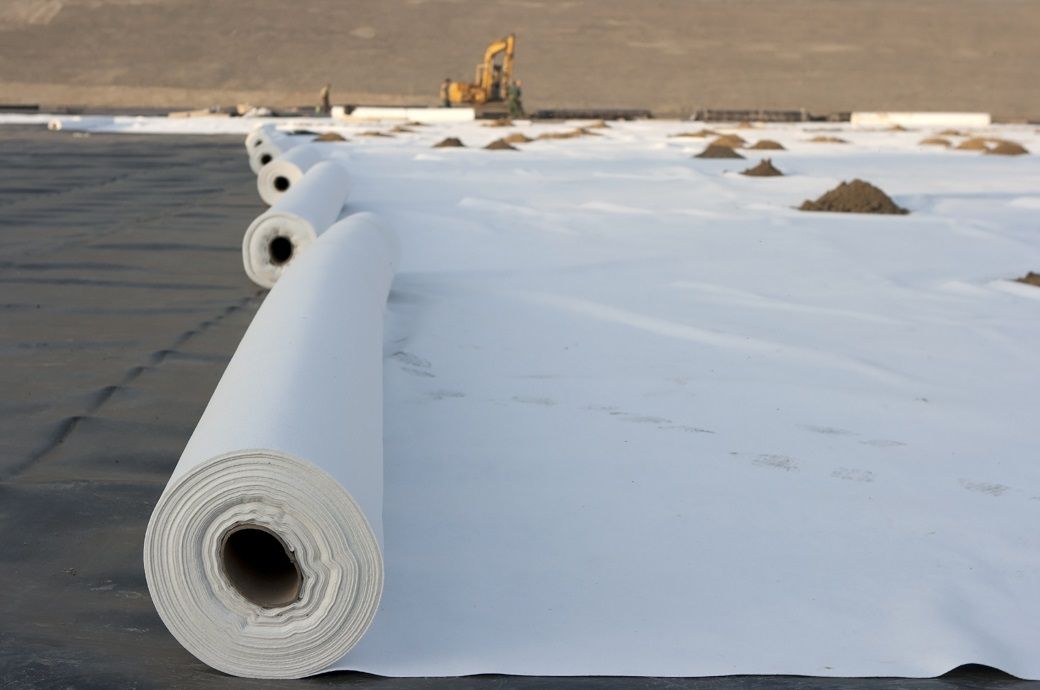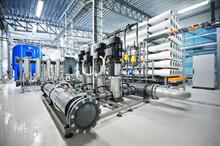
Dr. Arindam Basu, director general of the Ghaziabad-based Northern India Textile Research Association (NITRA), told Fibre2Fashion, “Technical textiles has huge opportunities as they compete with materials like metal, cement, and tar. This sector is driven by knowledge and R&D, and the scope for the usage of technical textiles is expanding daily. In many instances, they are replacing or minimising the use of other materials.”
Dr. Basu stated that under various initiatives, the government has established eight Centres of Excellence for technical textiles. The National Technical Textiles Mission (NTTM) is sponsoring large-scale R&D work in this area. Institutes such as IITs, NITs, and Textile Research Associations (TRAs) have begun collaborating with the industry to fulfil this mission. In the past, TRAs carried out numerous R&D projects and successfully transferred their developed technologies to the industry. NITRA has created a range of protective textiles, including firefighter suits, workwear for cement workers, advanced body protectors, and reusable sanitary napkins. These products have all been successfully transferred to the industry.
He emphasised that technical textiles could consist of thousands of types, which cannot be developed solely by educational and R&D institutions. The government can also sponsor a few R&D projects. Consequently, the industry must establish its own R&D departments. Without industry-driven R&D activities, achieving the target of $40 billion would be challenging. He also pointed out that unlike other conventional textile products, technical textiles do not allow for "seconds," or lower-quality goods. There can be no compromise on functionality.
He also emphasised on financial support for start-ups which are very critical in the entire ecosystem. These start-ups have more innovative approach than conventional textile companies.
Yatee Gupta, the founder and CEO of Fabiosys Innovations, a New Delhi-based start-up specialising in medical textiles, told F2F, "Medical textiles are a fast-growing segment in technical textiles. We are receiving support and encouragement from medical establishments and relevant government authorities. There are vast opportunities in a few sub-segments, such as anti-microbial textiles. However, the industry is struggling to navigate amidst complex regulations. Textile engineers must coordinate and understand the requirements of medical establishments while keeping in mind the associated regulations. These regulations make operations more complex for players in the technical textiles industry.”
Gupta also emphasised the importance of financial support for start-ups, which he deems critical to the entire ecosystem. He highlighted that these start-ups tend to have a more innovative approach than conventional textile companies.
Nandan Kumar, the managing director of Haryana-based High Performance Textiles Private Limited, stated that high performance fibres such as aramid, UHMwPE, are the main raw materials for most technical textiles used in personal protection. He emphasised that R&D and in-house testing is the most important process in this segment. Companies can utilise their existing plants and machinery with minor modifications for the production of certain technical textile products, at least for initial sampling and validation. Further investment can be done once product is developed and validated. According to Kumar, the sector is very attractive for new entrants due to its impressive growth and high profit margins.
Fibre2Fashion News Desk (KUL)

